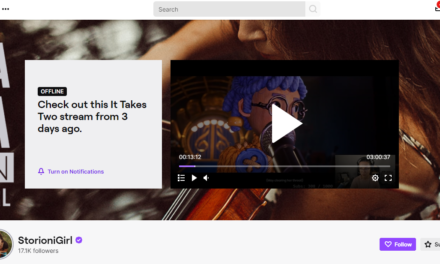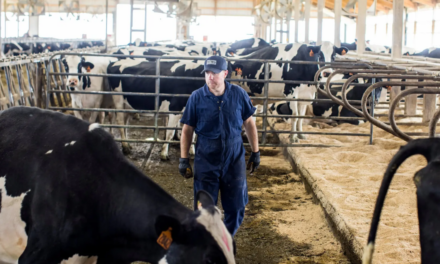In the business, that podcast audience is primarily viewed in downloads and subscriptions. Podcaster A. Lee Judge, founder and CEO of Content Monsta, revealed how podcasters – and other types of creators – can grow their best business asset, the audience. Here are five things you can do:
1. Tailor your promotion strategy: In the case of podcasts, Lee outlines two primary categories – entertainment and business. Entertainment podcasts aim to amuse, interest, or educate their listeners. They can vary wildly in tone and tend to be less structured. Creators are better suited to engaging with existing fan communities, using social media heavily, and collaborating with other creators in their promotion strategy.
By contrast, podcasts with goals related to a more traditional business aim to boost content output, increase brand awareness, and generate leads. They tend to be more structured and often carry a professional tone. If you have an existing audience through other channels, you can invest some budget to make use of paid promotion. You also can promote on your social media channels and owned properties.
2. Understand your podcast audience’s viewing preference: It seems obvious enough, but too many creators fail to listen closely to what their audience wants. In the case of podcasts, determining whether to commit to an audio or video format can be a major step for creators.
Is your topic visually oriented, such as a podcast about video games? If so, the audience would probably benefit from a visual component. However, an audio podcast may be sufficient if your topic is obscure history.
Also, look at the most successful podcasts on your topic. That format probably appeals best to audiences interested in that topic. However, know your limits and do what you can and are likely to do best. An audio podcast produced consistently will be more successful than a sporadic video podcast, regardless of the audience’s inclinations.
3. Appreciate the value of quality: Lee says you can only get away with a low-quality podcast for so long. Podcasts with poorly matched volume levels, too much background noise, or even ones that just hit the wrong audio frequency pitch will struggle to retain listeners. Every creator should take the time to inspect their production quality even if they haven’t had any harsh feedback. Audiences may not even realize that’s the reason they abandoned the podcast.
4. Leverage guest popularity: It’s not necessary to build a podcast audience from scratch. Make use of other people’s audiences. Seek high-profile guests to build your audience. Lee suggests starting with the top 20 experts in your content topic. These individuals have already been vetted for quality and, in all likelihood, have a following of their own. Once a high-profile guest appears on your podcast, it’ll become far easier to acquire other guests.
Find potential guests who are in PR mode. For example, many experts might be more receptive to an invitation when they have a book coming out.
5. Repurpose like crazy: Perhaps one of Lee’s most important pieces of advice to grow an audience is to make full use of your content. Podcasters should post their episodes to their primary sites and owned territory, like a website and newsletter. Then, make audio clips, highlight videos, and short clips to publish on social media properties with a link to the podcast’s home base. You can publish these months after the episode’s release.
About the author
Leo Bonacci writes, proofreads, and edits for The Tilt. A student of Hobart and William Smith Colleges, he’s a fan of classical mythology as well as the English language. Leo’s interest in storytelling extends to his great enjoyment of movies and film, from low-budget schlockfests to cinematic masterpieces.




![13+ Tips To Be a Better Content Entrepreneur [Lessons from Creator Economy Expo]](https://www.thetilt.com/wp-content/uploads/2023/05/502_0516-440x264.jpg)





